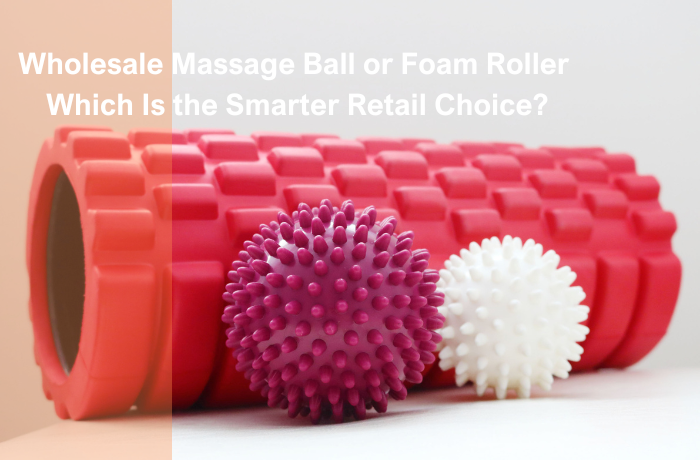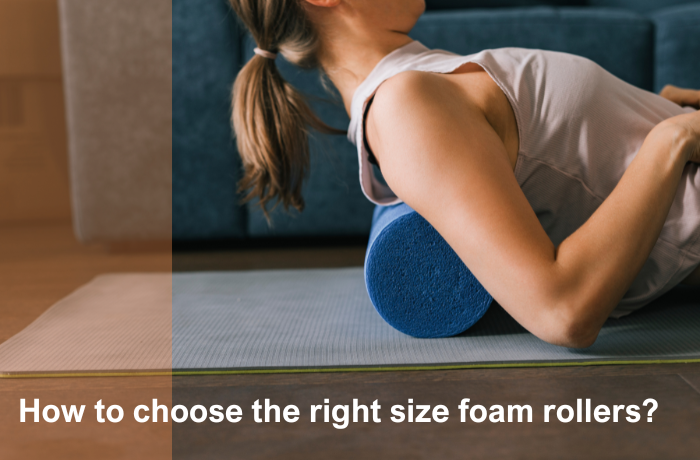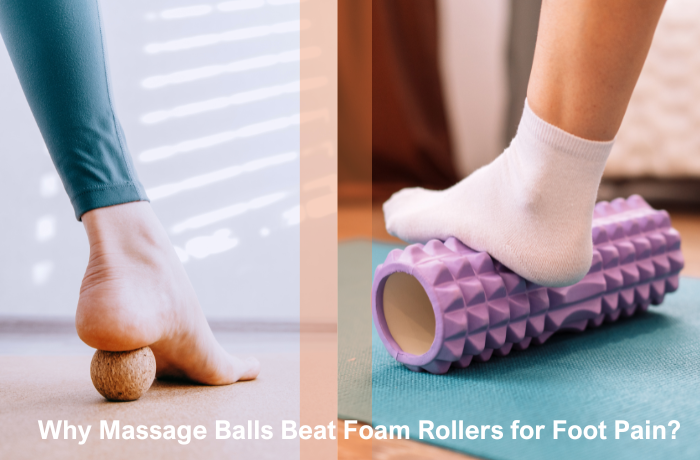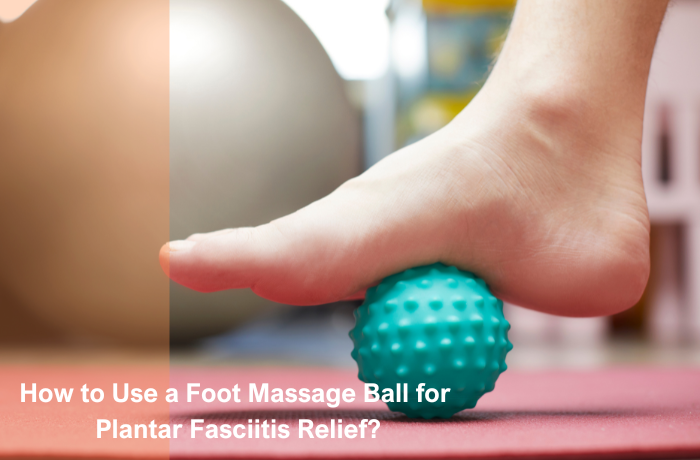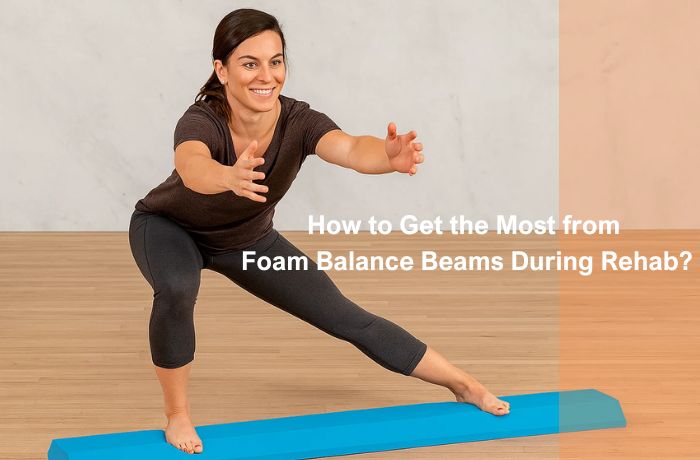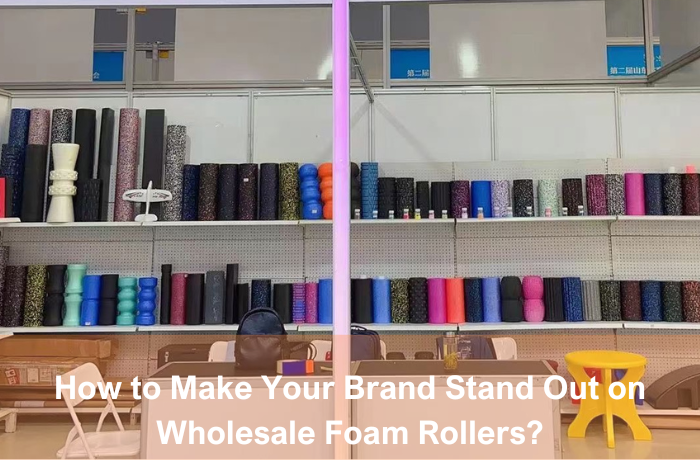Retailers who want a smart choice often pick the wholesale massage ball. Right now, massage balls sell better than foam rollers for home use. People want massage balls for self-massage. Many fitness and wellness businesses trust Wellfitsource for massage balls. These balls can be made to fit any need. Retailers like massage balls because many people want them. They are easy to keep in stock. They also make good profits. Customers use massage balls to help sore spots and recover faster. There are different types, like lacrosse or spiky massage balls. These styles are popular with gyms, rehab centers, and wellness shops.
The table below shows how foam rollers do in the market compared to massage balls:
| Aspect | Foam Roller Market Insights |
|---|---|
| Market Size & Growth | $719 million by 2025, 10.4% CAGR |
| Annual Units Sold | 150 million |
| Customer Segments | Athletes, therapists, home fitness |
| Demand Drivers | Self-care, home fitness, myofascial release, innovation, sustainability |
| Sales Trends | Steady expansion, online growth |
Key Takeaways
- Massage balls are easy to sell. They are small and simple to store. Many people like them, such as athletes and office workers.
- Foam rollers help with big muscle pain. Athletes and therapists like them a lot. They take up more space and cost more money.
- Stores can sell more by having both massage balls and foam rollers. This helps different people find what they want.
- Buying many massage balls at once saves money. This helps stores make more profit. Good prices and bundles bring in more buyers.
- Keeping track of products and showing them well helps customers. It also helps stores sell more massage tools.
Quick Comparison
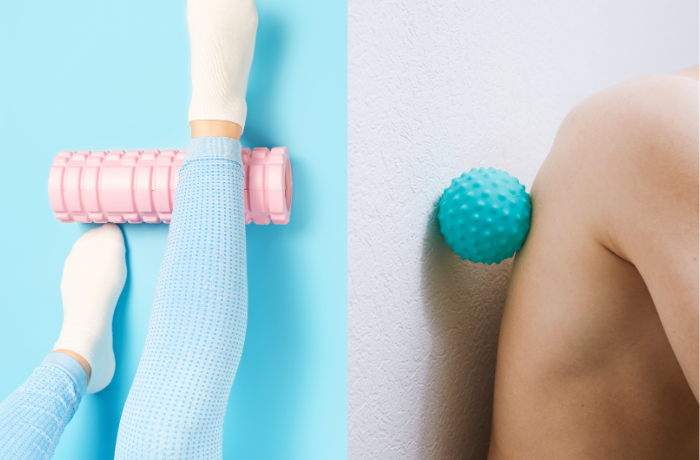
Key Factors
Retailers want products that sell well and are easy to keep. They also want items that many people can use. The table below shows how massage balls and foam rollers match up on important things:
| Factor | Massage Ball | Foam Roller |
|---|---|---|
| Popularity | High for home and gym use | High for gyms, steady for home use |
| Price Point | Low to mid | Mid to high |
| Target Customers | Fitness, rehab, wellness, education | Athletes, therapists, home fitness |
| Shelf Space | Minimal, easy to display | Requires more space |
| Versatility | Great for targeted relief | Best for large muscle groups |
| Profit Margins | Strong, especially in bulk | Good, but higher upfront cost |
Many stores think massage balls are a smart pick. They fit in small places and lots of people want them. Foam rollers are also selling more each year. The foam roller market was $1.2 billion in 2023. It could reach $2.8 billion by 2032. More people care about fitness and recovery now. Both products are popular because more people work out at home and shop online.
- More people want massage tools because they have sore muscles from sitting or aging.
- Fitness and wellness programs are growing, so more people buy massage balls and foam rollers.
- New styles, like vibrating foam rollers, make these items even more liked.
- North America buys the most, but Asia Pacific is growing fast.
Strengths & Weaknesses
Massage balls are great for stores that want easy stocking and quick sales. They help with sports recovery and even classroom sensory play. Foam rollers are good for big muscles and are liked by athletes and therapists. They need more shelf space but give strong value for deep muscle relief.
Stores that pick the right mix of massage balls and foam rollers can help customers care for their health. The best choice means more sales, happy shoppers, and a better business.
Wholesale Massage Ball Pros & Cons
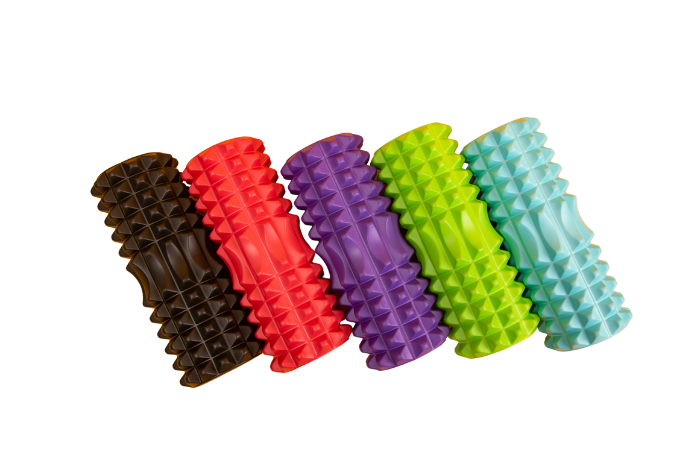
Sales Potential
Retailers notice that massage balls sell very well. More people want self-massage tools for home and gym. The market keeps growing each year. Sales numbers show that massage balls are in high demand. Stores make good profits from selling them.
- Sales keep going up, so massage balls stay popular.
- Sports and fitness fans buy massage balls often.
- Massage balls sell better than many other recovery tools.
- Many people who learn about massage balls buy them.
- New customers keep coming, so sales stay strong.
- Sales reps find massage balls easy to sell and get big orders.
Stores that sell massage balls help customers recover faster. They also get steady sales. The average order size is getting bigger. Gyms, wellness centers, and schools are buying more massage balls now.
Customer Appeal
Massage balls are liked by many different people. Athletes use them to help sore muscles after hard workouts. Physical therapy clinics suggest massage balls for pain relief. Wellness centers and yoga studios use them for better recovery.
- Athletes use massage balls to feel less sore and do better in sports.
- Office workers and older adults use them to ease pain and move better.
- Teachers and therapists use massage balls for kids’ balance and sensory play.
Customers like that massage balls come in many shapes. There are lacrosse, spiky, and peanut massage balls. These shapes help people massage different body parts. People can pick from rubber, silicone, or cork. This makes massage balls even more popular.
Versatility
Massage balls are useful in many ways.
- Rubber, silicone, and cork each have special benefits.
- Massage balls work for many self-massage needs.
- People pick massage balls based on their pain and muscle group.
- Product details show they last long and are easy to clean.
Massage balls help with muscle recovery and therapy. They ease pain and help people recover faster. Some use them for deep tissue massage. Others use them for gentle relief. Massage balls work for all kinds of customers.
Stocking & Margins
Stores like that massage balls are easy to stock and make good money.
- Massage balls do not need much shelf space, so stores can show many types.
- Buying in bulk lets stores pick colors, materials, and add their brand.
- The price is low to mid, so more people can buy them.
- About 65% of sales are online, which helps stores reach more buyers.
A table below shows important sales facts for different groups:
| Market Segment | Key Statistics & Trends |
|---|---|
| Material Type | Rubber is most used because it lasts and works well. |
| Distribution Channel | Online sales are about 65%, showing more people shop online. |
| End-User Category | Sports and fitness buyers are the biggest group for massage balls. |
| Regional Sales (2024) | North America sells the most, then Europe, then Asia Pacific. |
| Regional Growth (2025-33) | Asia Pacific is growing fastest; the whole market will grow from USD 189 million in 2024 to USD 297 million by 2033. |
| Size Preference | Small and medium massage balls are most liked for being easy to carry and use. |
Stores that pick massage balls get steady sales and easy stock management. They can meet many customer needs. These reasons make massage balls a smart choice for stores that focus on recovery and muscle relief.
Foam Roller Pros & Cons
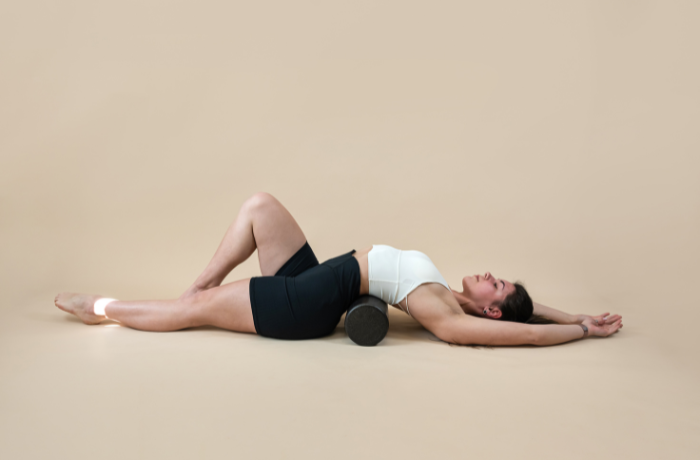
Sales Potential
Foam rollers help people feel better and stay healthy. In 2024, the market for foam rollers was $300 million. By 2033, it might reach $550 million. This means more people want to recover and do better in sports. The table below shows important sales facts:
| Aspect | Data / Insight |
|---|---|
| Market Size 2024 | USD 300 million |
| Projected Market Size 2033 | USD 550 million |
| CAGR (2026-2033) | 7.2% |
| Market Drivers | Rising physical wellness awareness, increased fitness participation, expanding health industry |
| Regional Market Share (2023) | North America: ~35%, Europe: 30%, Asia Pacific: 20%, Latin America: 10%, MEA: 5% |
| Fastest Growing Region | Asia Pacific (CAGR 8.5% from 2023-2030) |
| Market Segments by Type | Solid Foam Rollers: 60% market share (dominant), Metal Hollow Foam Rollers: fastest growing |
| Application Segments | Commercial Use: 65% (largest), Family Use: fastest growing segment |
| Market Opportunities | Product innovation (vibrating rollers), emerging economies expansion |
| Market Challenges | Consumer education, price sensitivity, market saturation |
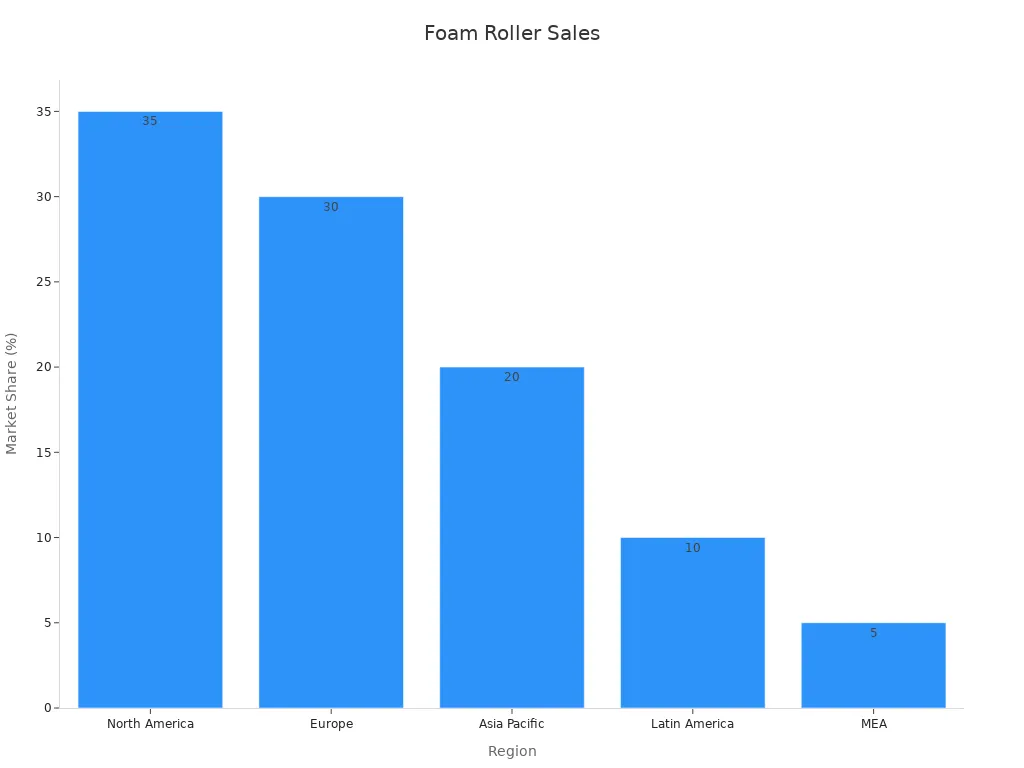
Customer Appeal
Foam rollers help people take care of their bodies. Athletes and fitness lovers use them for deep tissue therapy. Many people trust foam rollers to help sore muscles. Reviews for the Nextrino Vibrating Foam Roller are very good. People like the vibration, strong build, and pain relief. About 86% of users would tell a friend to try it. Foam rolling helps muscles relax after exercise.
- Customers like the vibration and strong design.
- Many say foam rollers help with pain and muscle tightness.
- Foam rollers get high marks for deep massage and self-myofascial release.
Versatility
Foam rollers can be used in many ways. They help with muscle recovery and deep tissue massage. Athletes and regular people both use them. These tools work best for big muscle groups. Gyms and clinics use foam rollers a lot. People use them for stretching and to move better. Foam rollers help people do better in sports and avoid injuries.
Stocking & Margins
Stores make good money selling foam rollers. In 2023, the market was $400 million. By 2032, it could be $800 million. Good suppliers send quality foam rollers on time. Stores can pick from many sizes and styles. Social media and influencers help sell more foam rollers. Foam rollers are now a must-have for recovery and muscle care. They are a smart pick for stores that want to help with massage and therapy.
| Metric | Value |
|---|---|
| Market Size (2023) | $400 million |
| Projected Market Size (2032) | $800 million |
| CAGR | 8.5% annually |
| Key Growth Drivers | Fitness awareness, injury care, health-focused buyers |
Sales Trends
Massage Balls vs Foam Rollers
Stores notice more people want massage balls and foam rollers. Each one is liked by different groups. Massage balls are good for people who want to fix small sore spots. These buyers like that massage balls are easy to carry. They also like that they can use them on small muscle knots. Foam rollers are better for people who want to help bigger muscles. Many athletes and fitness fans use foam rollers after working out.
Sales numbers show foam rollers are selling more. This is because more people care about health and wellness. Lots of people now exercise at home. They want cheap tools to help their muscles feel better. Foam rollers are a good choice for this. They help people recover and avoid getting hurt. Social media and online fitness videos help foam rollers sell more. Massage balls still sell well because they fit in gym bags. They are great for people who need relief anywhere.
Stores that sell both massage balls and foam rollers can help more people. They can get more customers who want to take care of their bodies.
Customer Preferences
What people like depends on comfort and what they need. Many people pick foam rollers because they are steady and gentle. Foam rollers are good for people new to muscle recovery. They help relax big muscles. Older adults and office workers often use foam rollers to help stiff muscles. Foam rollers are also good for people who want an easy way to feel better at home.
Massage balls are best for people who want strong, deep pressure. Athletes and active people use them to work on tight spots. Some people like massage balls because they are small and easy to bring anywhere. But some beginners think massage balls are too strong. People who want to start easy usually pick foam rollers first.
Surveys show both tools are important for self-care. Foam rollers help with overall comfort and recovery. Massage balls give strong relief for active people. Stores that know what customers want can help them pick the best tool.
Stocking & Logistics
Shelf Space
Retailers know shelf space is important. Massage balls do not need much room. Stores can show many types in a small spot. Foam rollers are bigger and need more shelf space. This makes massage balls easier to display. Stores can show more colors and shapes without crowding. Customers see more choices and get excited to try new things. A neat display helps shoppers look around and pick what they want.
Using shelf space well means more sales and happy customers.
Inventory Management
Good inventory management helps stores do well. Retailers sort products by type, like massage balls or foam rollers. This makes it easy to track what they have. They set reorder points using past sales and busy times. This stops them from running out or having too much. Staff learn to count and record items the right way. They use software with barcodes and alerts. This keeps records right and saves time.
- Stores group products to track them easily.
- They set reorder levels so shelves are never empty.
- Workers get trained to be more accurate.
- Software helps with scanning and alerts.
- Cost checks help stores save money.
- Eco-friendly products bring in more buyers.
- Stores follow safety and hygiene rules.
Stores that do these things keep shelves full and customers happy.
Upselling
Upselling helps stores and shoppers both. Staff can suggest a massage ball with a foam roller for a full kit. Customers like trying new tools. Bundling items makes people want to buy more. Stores can give deals, like discounts for buying both together. This helps customers care for their health.
Research shows high shipping costs can lower profits. Small items like massage balls cost less to ship and store. This lets stores give better prices and still make money. When stores manage stock well and upsell smartly, they build trust and sell more. Every good choice in stocking and logistics helps stores do better.
Profit Margins
Wholesale Costs
Retailers who want to boost profits start by understanding wholesale costs. Massage balls and foam rollers come with different price tags. Most massage balls and foam rollers cost between $1.90 and $9.80 each when bought in bulk. The price depends on the type, material, and order size. Stores that buy more at once often get better deals. This helps them set higher markups and reach their profit goals.
| Product Category | Wholesale Price Range (USD) |
|---|---|
| Foam roller gym & Physio | $5.00 – $9.80 |
| Foam roller neck pain & Physio | $3.80 – $9.00 |
| Massage roller set & Bulk foam roller | $1.90 – $7.80 |
| Bulk foam roller pilates & Therapy | $2.60 – $7.50 |
| Foam roller yoga & Therapy | $4.50 – $5.90 |
| Massage tools for back & Foam roller | $2.50 – $7.80 |
| Massage tools for head | $0.20 – $1.00 |
| Custom massage roller wood | $0.90 – $3.90 |
| Bulk massage tools | $3.50 – $9.00 |
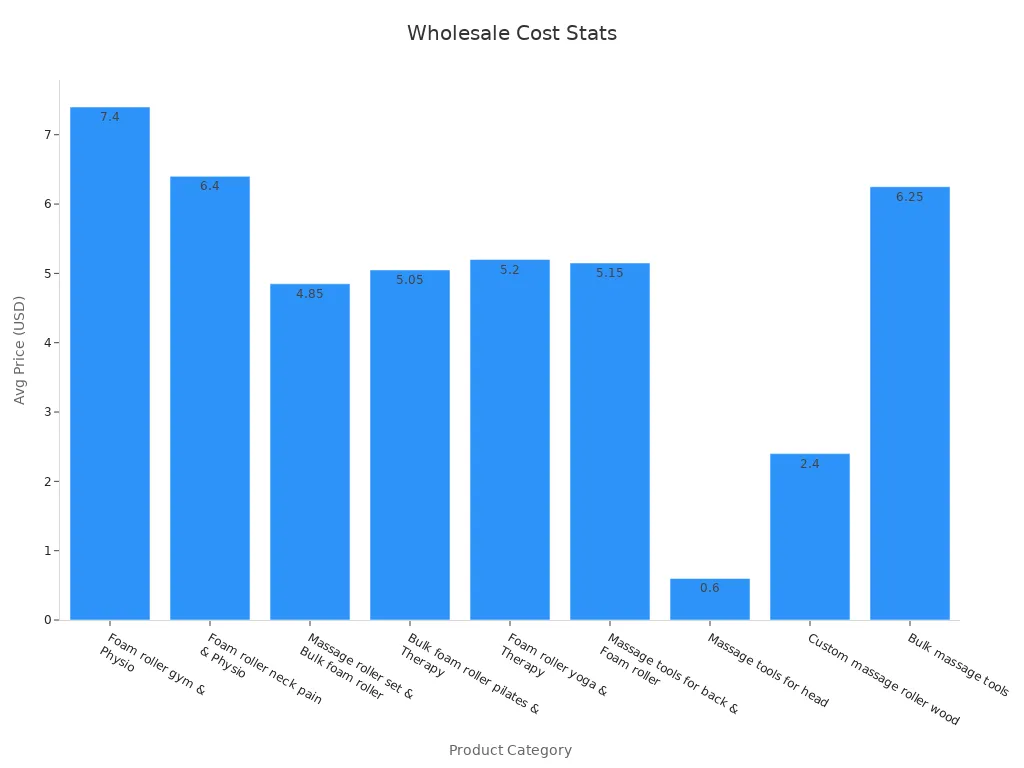
Retail Pricing
Setting the right price inspires confidence and drives sales. Retailers who know their costs and study the market can set prices that attract buyers and grow profits. Here are some smart strategies:
- Calculate all costs to set a minimum price that covers expenses.
- Research competitors to find the best price point for your store.
- Align prices with business goals, such as growing your client base or increasing income.
- Test and adjust prices based on customer feedback and sales trends.
- Offer bundles or memberships to boost loyalty and cash flow.
- Add new products or services to increase total sales.
- Stay updated on trends and use new technology to stand out.
Retailers who use these steps can build trust and keep customers coming back.
Maximizing Profit
Retailers who want to maximize profit focus on smart buying, strong pricing, and customer needs. Bulk buying lowers costs and increases margins. Setting prices at or above the suggested retail price protects profits. Stores that offer products people want, like massage balls and foam rollers, see higher sales.
- Bulk orders lower product costs and boost markups.
- Selling at or above MSRP keeps profit margins strong.
- High demand for unique products increases sales.
- Online sales and bundles help reach more buyers.
- Teaching customers about product benefits encourages repeat purchases.
| Metric/Strategy | Numerical Data/Value | Impact |
|---|---|---|
| Operating Costs | 50-70% of total expenses | Managing costs is key for higher profits |
| Client Retention Improvement | 5% increase | Can raise profits by 25% to 95% |
| Cost Savings Example | $120 per month | Small savings add up to bigger profit margins |
The market for massage therapy products is growing fast, with a value of $150 million in 2024 and a projected $300 million by 2033. Retailers who act now can ride this wave and inspire customers to invest in their own wellness.
Massage Therapy Ball & Foam Roller Strategy
Bundling
Stores can grow by selling massage therapy products together. When a store sells a massage therapy ball with a foam roller, shoppers feel they get more for their money. Bundling makes people want to try both tools for better recovery. Data from top spas shows that bundling massage products with other services raises sales and brings in more customers. PURE Medical Spa grew over 800% after using bundles. They did not need much extra training for staff. Bundling works because it gives customers an easy way to care for themselves. It also helps them start their wellness journey.
Tip: Put bundled massage sets near the checkout or busy spots to get shoppers’ attention and increase quick buys.
Meeting Customer Needs
Stores that have both massage balls and foam rollers help many types of customers.
- Athletes, physiotherapists, and regular people use these for muscle recovery and pain.
- Work wellness programs and spas add massage tools to their services.
- Physiotherapists use both tools for therapy and helping injuries.
- Many people want simple tools for stress and sore muscles.
- The market keeps growing as more people want tools that do many things.
Having both products lets stores help everyone, from fitness lovers to office workers. Customers like having choices for focused or full muscle relief.
Retail Success
Stores that want to be special should sell both massage therapy balls and foam rollers. This plan brings in more shoppers and keeps them coming back. Wellfitsource helps stores succeed with custom services. Stores can pick special colors, materials, and logos for their massage products. Custom packaging and big orders help brands build trust and make more money. When stores offer the right mix of massage tools, they help customers care for their health and grow their business for the future.
Many store owners think massage balls are the best choice. The table below shows why stores like them:
| Feature | Massage Balls | Foam Rollers |
|---|---|---|
| Portability | Easy to carry | Bulky |
| Relief | Targeted, precise | General |
| User Appeal | Wide range | Active users |
Massage balls help with sore spots and are simple to stock. Lots of people like using them for muscle pain. Wellfitsource sells massage balls in many styles and colors. Stores can talk to suppliers now to get new products and help customers feel better.
FAQ
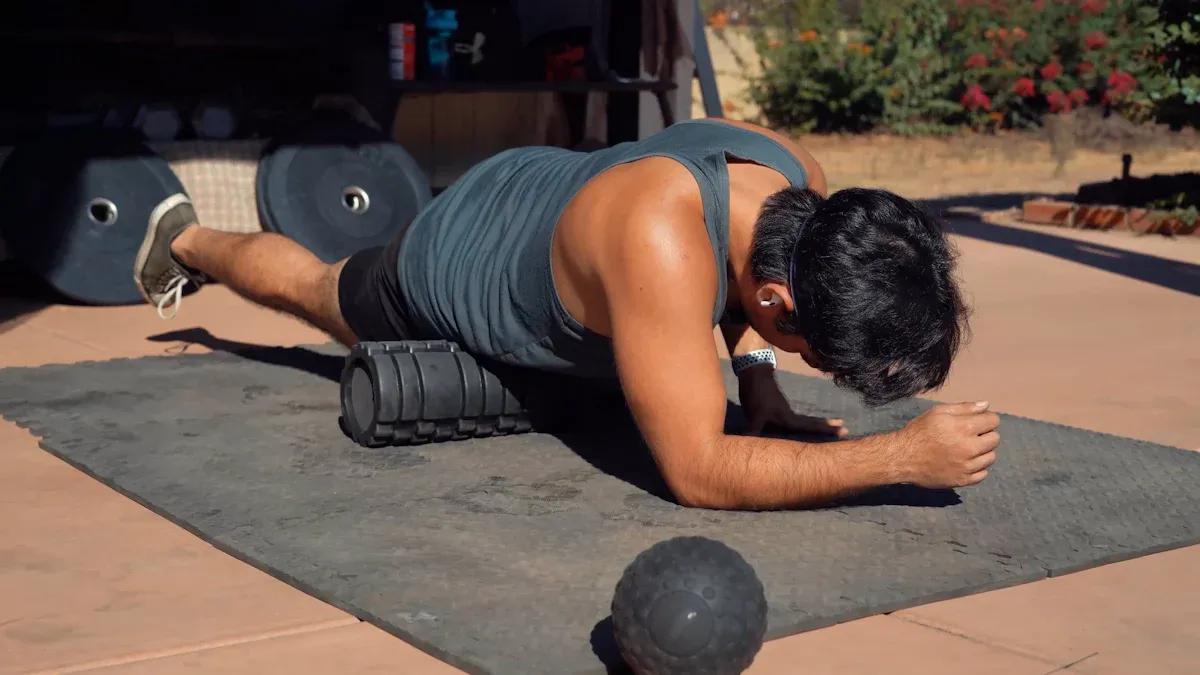
What makes a wholesale massage ball a smart retail choice?
Stores notice lots of people want massage balls. These tools are small and easy to keep in stores. Many people use them for self-massage. Athletes, students, and office workers use them to help sore muscles and feel less pain. Stores can sell many kinds for different needs.
How do foam rollers help with muscle recovery?
Foam rollers help muscles feel better by giving deep relief. People use them on tight or sore spots. This can help stop muscle soreness after exercise. Foam rollers help people recover faster after working out or therapy.
Who benefits most from at-home massage tools?
Athletes, fitness lovers, and anyone with sore muscles can use these tools. Massage therapy balls and foam rollers help people do better in sports and recover faster. These tools make it easy to care for muscles and feel good every day.
Can massage balls and foam rollers be used together?
Yes! Many people use both tools for the best results. A massage ball works well on small, tight spots. A foam roller is good for bigger muscles. Using both helps with pain, supports therapy, and helps athletes recover faster.
Are these tools good for physical therapy and self-massage?
Physical therapists often tell people to use massage balls and foam rollers. These tools help with self-massage, muscle recovery, and pain relief. They help people reach therapy goals and care for their muscles at home or at the gym.

